Coffee can be divided in several varieties, the two main ones being the arabica and the robusta. It has long been thought that arabica, with its multiple flavor profiles and low potency, was superior to robusta. However, the latter has experienced increasing popularity in recent times. In this article, we teach you everything you need to know about robusta coffee and its evolving reputation!
The robusta
The robusta is one of the two types of coffee trees that accounts for almost all of the world's coffee production. It represents around 30% of this production and comes from various origins. Robusta is harvested mainly in Asia, particularly in Thailand, Vietnam and India. However, we can now also find in Africa, as well as in South America.
To taste, the robusta is a strong coffee, it is stronger than arabica but very little developed at the aromatic level. It evokes powerful flavors of spices, roots, wood and sometimes even tobacco. It produces a very dense crema, and despite its smaller size, contains approximately 4 times more caffeine than can be found in Arabica.
As its name suggests, robusta is more robust than arabica. It grows in a variety of soils and climates and has a fairly high capacity for adaptation, in addition to being less subject to diseases which are likely to affect coffee trees. It also requires less altitude (generally 600 to 700 meters) than arabica, which grows at a height of 900 to 2 300 meters. Robusta is therefore easier to grow than arabica, which can make it increasingly appealing. However, it is only harvested once a year, unlike arabica, which is harvested twice every year.
Robusta’s reputation
As mentioned previously, robusta coffee has long been considered of lower quality than arabica, however its reputation is rapidly improving. There are premium robusta coffee beans, notably the Kaapi Royal from India, which is recognized to make exceptional coffee! As Yannick explains us:
“We must realize that the Robusta was, for a long time, frowned upon, but nowadays, we manage to produce it well, to ensure (the obtention of) a coffee which really is of quality, with a beautiful structure, and a very nice richness in the drink. Certainly, these are coffees that are stronger, a little more intense in terms of taste on an aromatic level, but they are still very, very good products.”
100% robusta blends
Robusta is most frequently used in blends, but it can increasingly be found as used at full percentage.
“Some very large roasters in the world, mainly in the United States, are going to start using 100% robusta, in order to really try to break the myth that robusta is not good” Yannick explains us.
At Barista too, we like to break the codes, which is why this year, we released the Autumn Blend and the Procure Blend, both composed of 100% of robusta. Surprise! We used the famous Kaapi Royal, which grows at a high altitude and offers a fairly distinguished side that draws on the spices, as well as a slightly caramelized finish which recalls a side of cane sugar.
In short, Robusta is increasingly appreciated for its true value! The trend indicates that we will likely see a significant increase in its use in the coming years. If you had any preconceptions about this type of coffee, we hope that our Autumn Blend and our Procure Blend will convince you! 😉

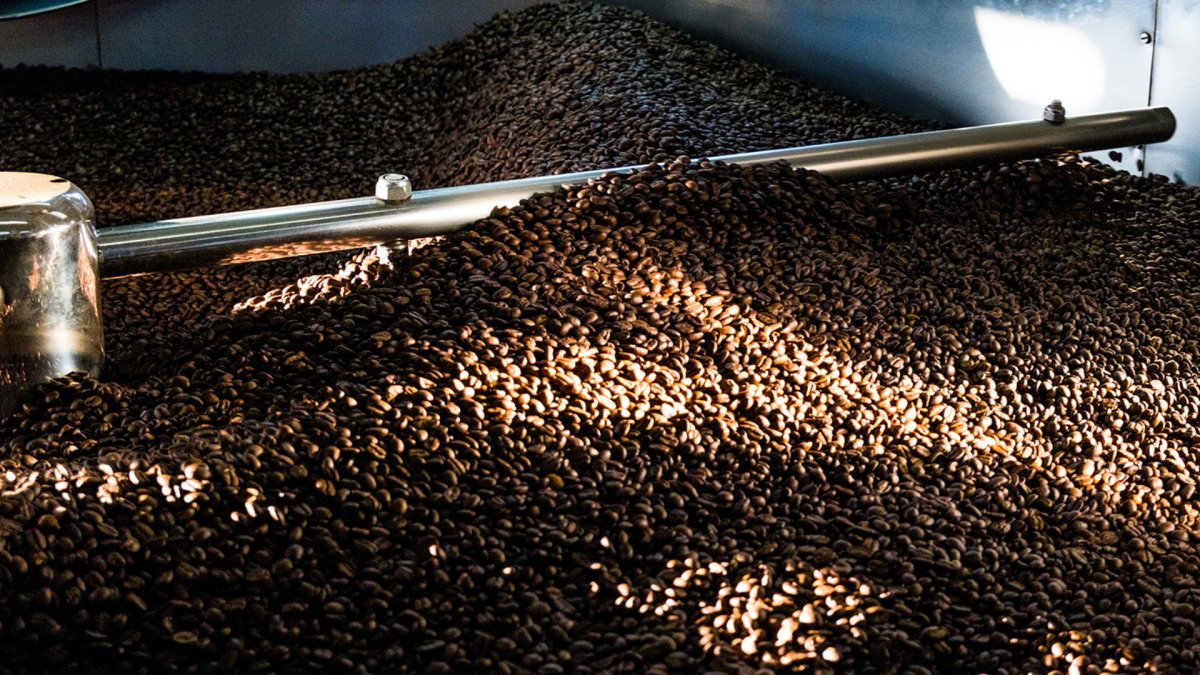

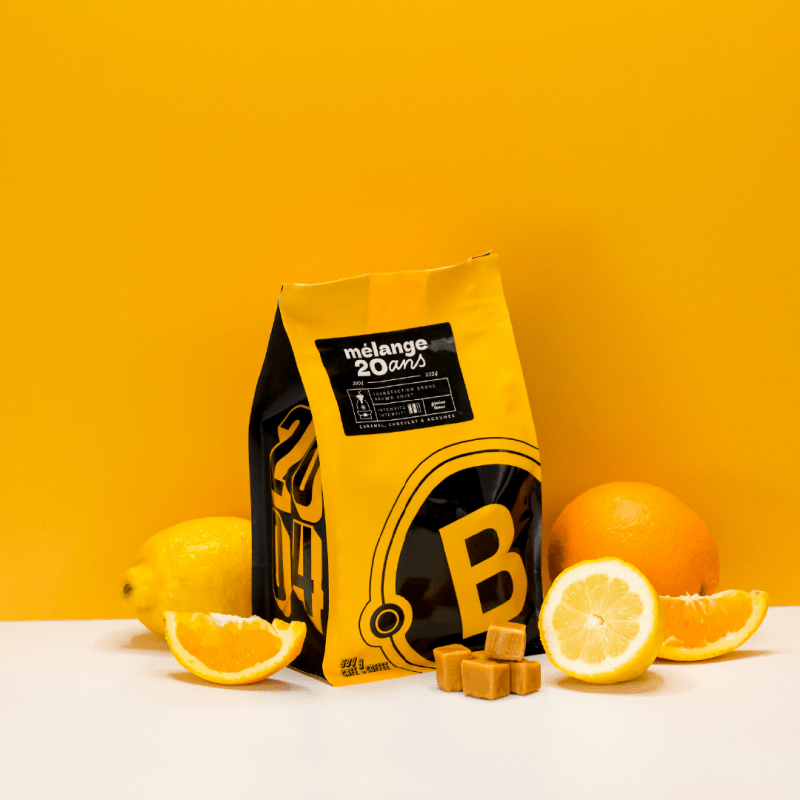


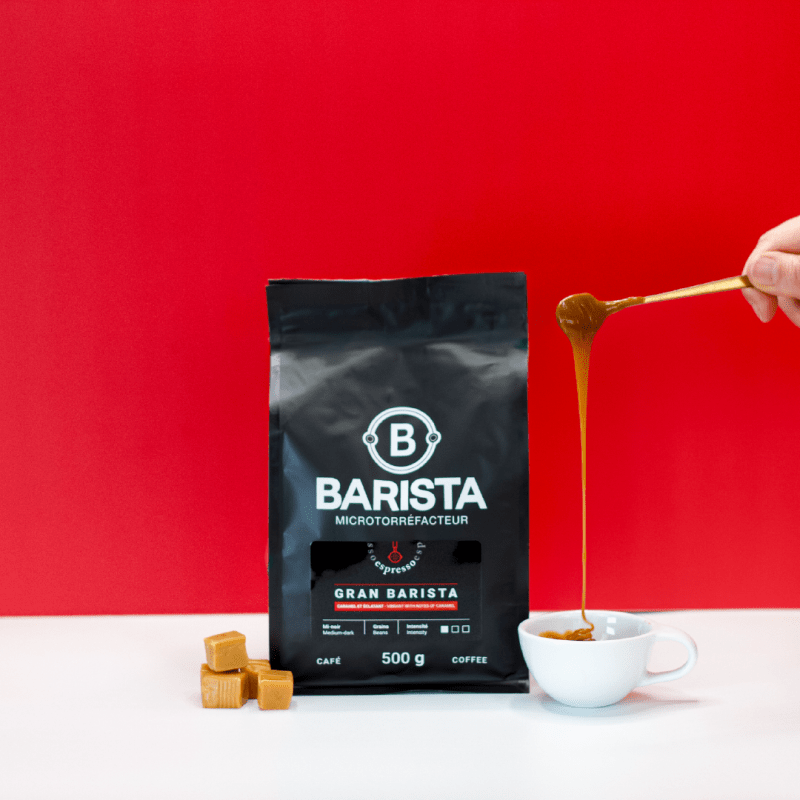
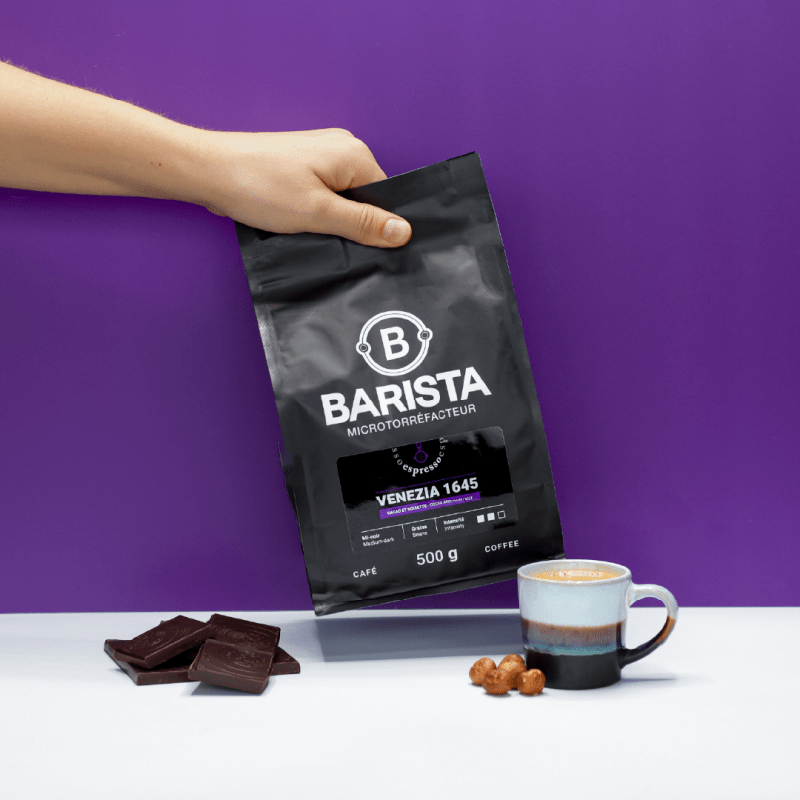
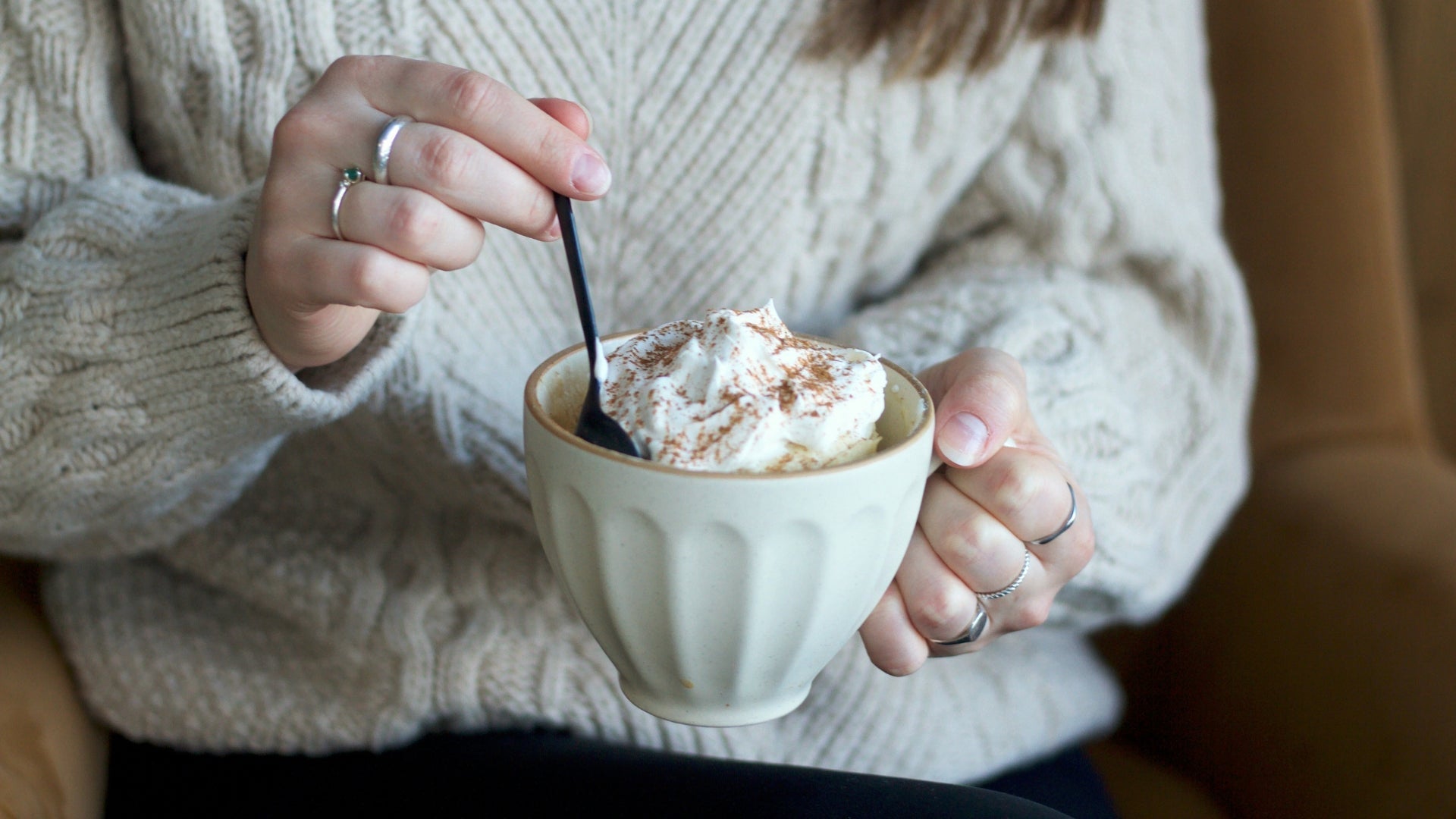
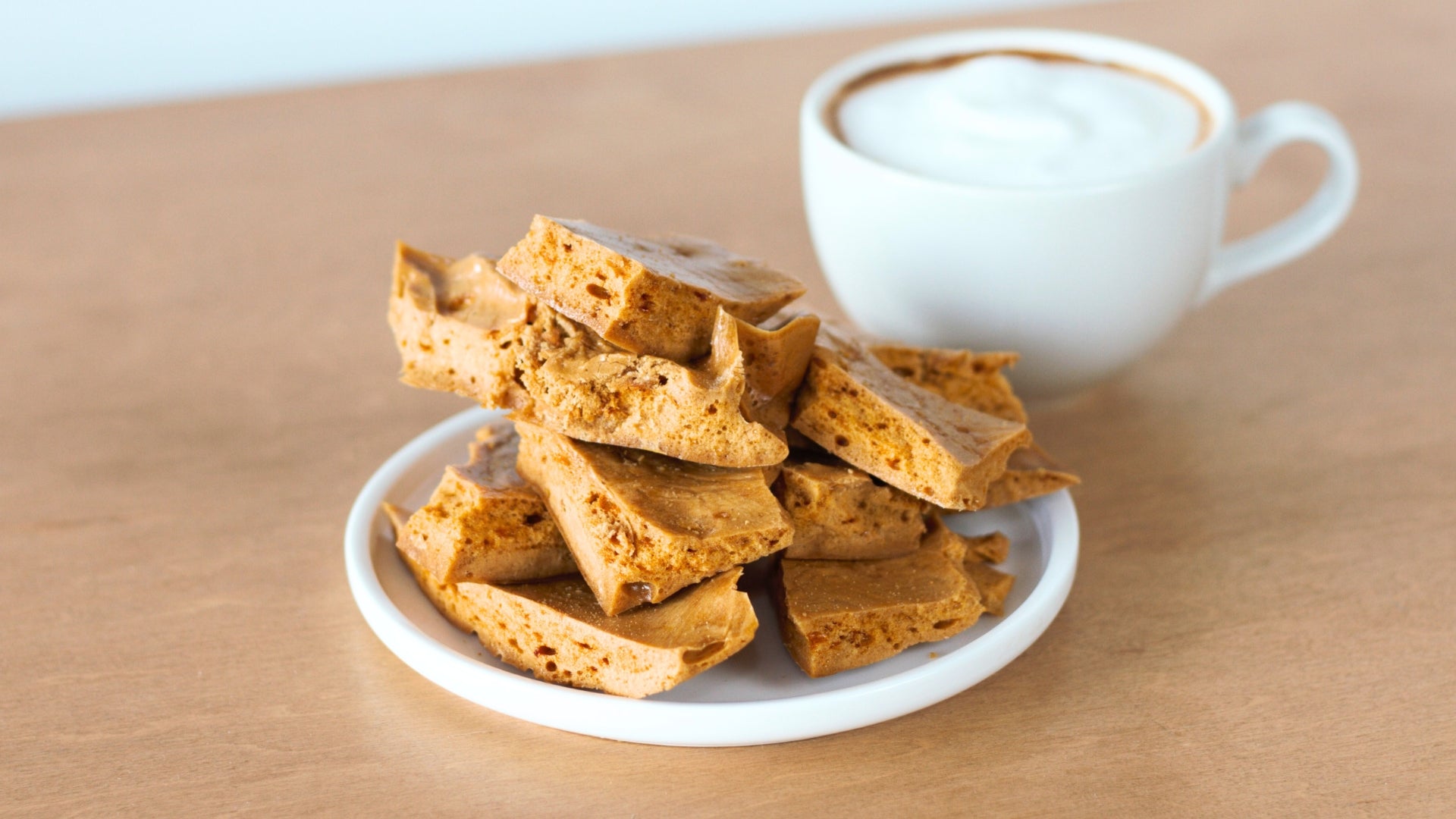
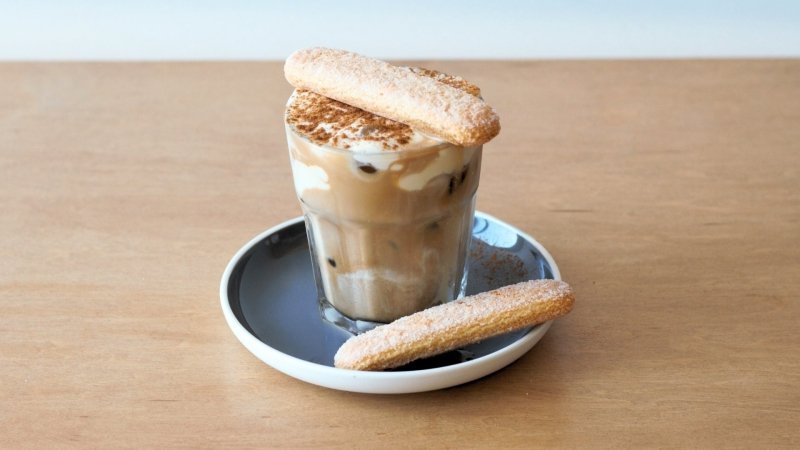
Share:
Our visit to Host Milano 2023
How to Make an Americano